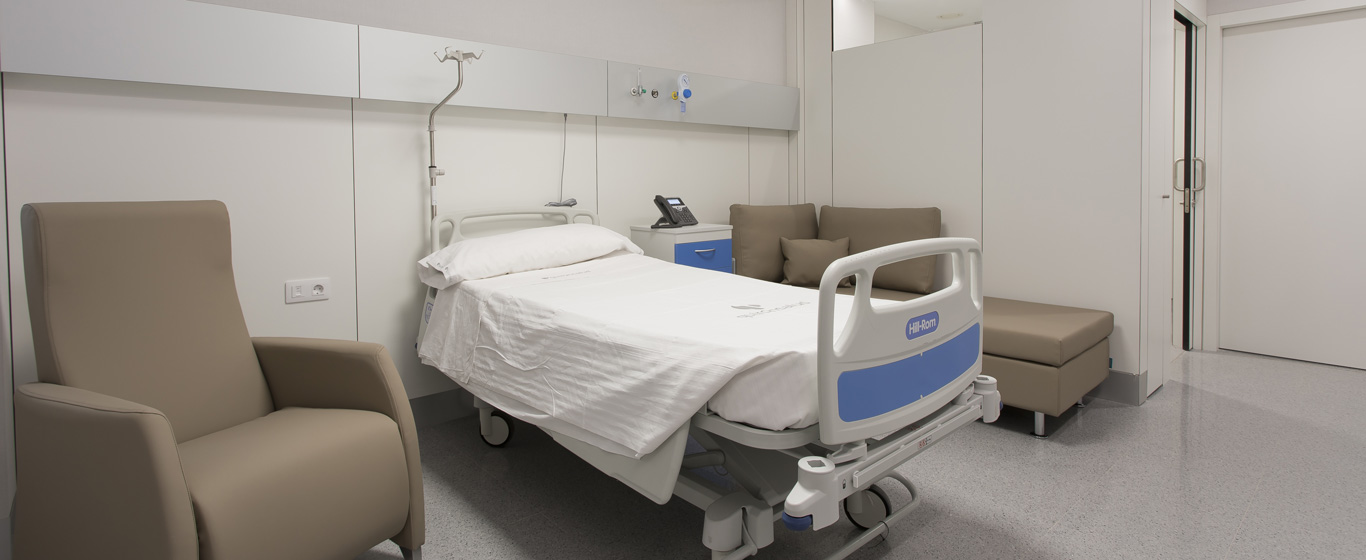Necrotizing Fasciitis
What bacteria causes necrotizing fasciitis? Everything about the causes, symptoms, and treatments of necrotizing cellulitis.
Symptoms and Causes
Necrotizing fasciitis, also known as necrotizing soft tissue infection, is a severe infection of the soft tissues that spreads rapidly (within hours), which can lead to systemic failure. Early diagnosis is crucial for timely treatment, as it has a high mortality rate.
It is rare to contract this bacterial infection, which begins by destroying muscles and skin and continues to affect the underlying tissues. It typically starts from a contaminated wound or as a result of a surgical intervention in immunocompromised patients.
Depending on the type of bacteria causing it, necrotizing fasciitis is divided into two types:
- Group A Streptococcus (Streptococcus pyogenes): Primarily affects the skin and subcutaneous tissues.
- Vibrio vulnificus: These anaerobic germs are present in seawater, as they require salt to survive. They are responsible for gas gangrene, which affects the muscles.
Symptoms
The most characteristic symptoms of necrotizing fasciitis are:
- Redness of the skin
- Swelling and a sensation of warmth
- Fever
- Pain (not always in the reddened area)
In more advanced stages, other signs may appear:
- Blisters
- Purulent ulcers
- Nausea
- Diarrhea
- Dizziness
If any of these symptoms are detected after undergoing a surgical procedure or suffering a traumatic injury, it is essential to urgently visit a medical center for immediate attention.
Causes
Necrotizing fasciitis develops due to a bacterial infection in the skin or muscles. Typically, microorganisms enter the body through a contaminated wound, burn, or insect bite.
Risk Factors
The risk of developing necrotizing fasciitis increases under the following circumstances:
- Traumatic injuries
- Diabetes
- Surgical interventions, especially in immunocompromised patients
- Cirrhosis
- Alcoholism
Complications
As necrotizing fasciitis spreads, it can lead to:
- Organ failure
- Septicemia
- Septic shock
- Death
Sometimes, treatments are very aggressive to prevent vital organs from being affected, which can result in complications such as the loss of limbs or significant muscle tissue.
Prevention
Preventing necrotizing fasciitis is difficult. To avoid infections caused by Group A Streptococcus, it is recommended to wash hands frequently, avoid contact with sick individuals, and not share personal items such as toothbrushes.
What doctor treats necrotizing fasciitis?
Necrotizing fasciitis is diagnosed and treated by specialists in emergency medicine, trauma, and orthopedic surgery.
Diagnosis
Diagnosing necrotizing fasciitis is not easy, as its symptoms can be confused with other infectious diseases. The process typically includes:
- Medical history
- Physical examination and observation of wounds
- Biopsy: A small tissue sample is taken for laboratory analysis. This is only recommended when the signs are unclear, as if suspicion is high, it is better to intervene surgically immediately.
- Blood test: The disease is confirmed if there is leukocytosis (an increase in white blood cells) and elevated levels of C-reactive protein, urea nitrogen, and serum creatinine.
- CT scan: Provides images of tissue thickening, fascia edema, or the presence of gas. However, false negatives are common, and delaying treatment to perform this test is not advisable.
Treatment
Necrotizing fasciitis must be treated as soon as possible in a hospital. The approach is based on two main pillars:
- Antibiotics: These fight the infection. Given the severity of the disease, they are administered intravenously.
- Surgery: Fasciotomies are performed, which involve opening the structures surrounding the muscle, and removing dead tissue to prevent the bacteria from continuing to spread throughout the body. Multiple interventions are often required.






































































































